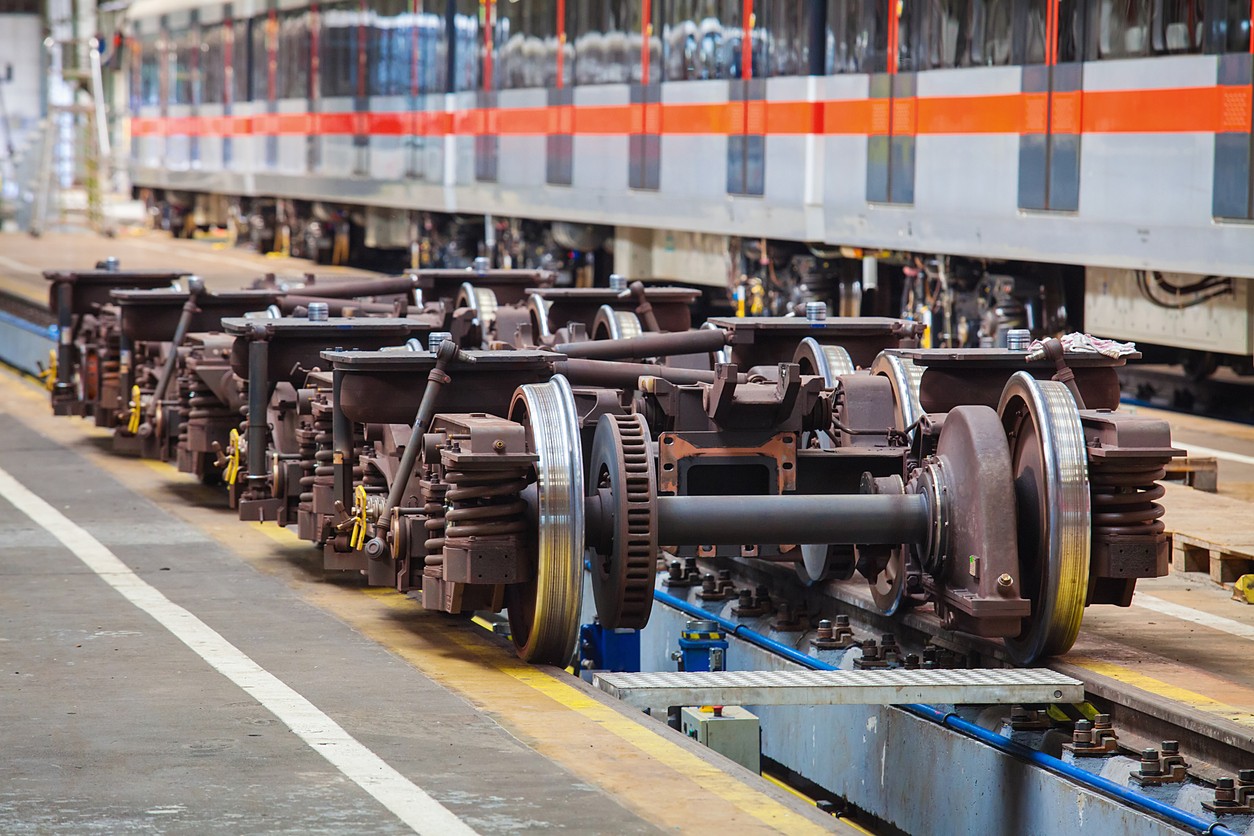
Introduction to Industrial Explosives
Industrial explosives are highly combustible materials that are commonly used for controlled demolition, mining, excavation, and other construction processes. When ignited in a confined space, these substances release a rapid burst of gas that can exert tremendous force on nearby materials. This force is harnessed to break up rock formations, demolish old structures, or remove overburden for mining purposes. Some of the most commonly used industrial explosives include dynamite, ANFO, slurry explosives, water gels, and emulsions.
Types of Industrial Explosives
Dynamite: One of the earliest industrial explosives, dynamite consists of nitroglycerin or nitroglycol mixed with absorbents like diatomaceous earth or wood pulp. It was invented by Alfred Nobel in 1866 and remains widely used today due to its formidable power. Dynamite detonates at high velocity and is suitable for trenching, construction breaking, and underground mining applications.
ANFO: Ammonium nitrate fuel oil (ANFO) mixtures are inexpensive and easy to use, making them the most widely employed commercial and mining explosive. ANFO consists of porous prilled or granular ammonium nitrate mixed with diesel or other fuel oils. Upon ignition, the mixture of oxidizer and fuel burns very rapidly, releasing gases at high pressure. ANFO is commonly applied in surface mining, quarrying, and some construction demolition tasks.
Slurry Explosives: These water-based mixtures combine ammonium nitrate with other performance-enhancing chemicals and fuels in an emulsion. They detonate with power levels similar to ANFO but are more flexible and can be poured, pumped, or blown into boreholes. Slurry explosives are suited for underwater blasting, trenching, construction, and other civil engineering jobs.
Water Gels: Consisting of prilled or powdered ammonium nitrate suspended in a water gelatin made of organic compounds, water gels expand the possibilities for industrial blasting. They provide good energy distribution and are less prone to misfires than ANFO and dynamite. Water gels see wide usage for controlled blasting in mining, quarrying, and other excavation applications.
Emulsions: Emulsion explosives blend small droplets of fuel in water using compounds known as emulsifiers. Common fuel components include diesel, kerosene, or carbon powder. Emulsions reliably deliver high detonation velocity and energy, making them excellent all-around commercial blasting agents. Their versatility allows use in diverse industries from mining and quarrying to construction demolition.
Safety Protocols for Storing and Handling Industrial Explosives
Given the hazardous nature of these materials, stringent safety practices must be followed when storing, transporting and using industrial explosives. Some key guidelines include:
– Explosives magazines for bulk storage should be robust, ventilated structures built and located according to regulations to prevent accidental detonation from sources like heat, sparks or impact.
– Transportation of explosives between storage sites and blasting areas must employ approved vehicles and be undertaken only by licensed personnel.
– Boreholes for loading explosives should be cleared of debris and moisture before loading with the minimum charge needed. Tamped holes maximize energy transmission.
– Approved detonation equipment like detonating cord, detonators and blasting machines must be used correctly to ignite charges within specified initiation delay periods.
– Signage, barricades and spotters should cordon off blasting zones to prevent unauthorized access during firing.
– Misfires must be identified and safely disposed of according to procedure to avoid dangerous outcomes.
When handled responsibly with such controls, industrial explosives can help advance major projects while protecting worker and community safety. Strict compliance to storage, transportation and use protocols is essential for minimizing risks.
Applications of Industrial Explosives in Construction
Controlled Demolition: Taking down old structures in a planned manner is a core function of industrial explosives. Demolition expertise and careful blast designs are needed to sectionally bring down buildings without damaging adjacent properties. Key demolition explosives include dynamite and ANFO.
Quarrying & Aggregate Production: Surface and underground quarrying relies heavily on precise blasting with explosives to break up rock for making aggregates, sand, cement and other materials. Water gels, emulsion, ANFO and packaged blasting agents excel for this application.
Mining: Surface and underground hard rock mining both employ explosives extensively for ore extraction and development. Emulsions, ANFO, slurries and other commercial explosives liberate valuable mineral deposits through careful blasting plans.
Trenching & Excavation: Whether digging utility trenches, building foundations or preparing land for construction, targeted blasting helps break earth and rock economically. Emulsions and water gels work well for controlled trenching and bulk excavation tasks.
Piling & Well Drilling: Employing small explosive charges in drilled piling and well holes aids driving and soil displacement during foundation and other subsurface work. ANFO and cartridge explosives serve this purpose.
Through judicious application with strict safety adherence, industrial explosives have proved an invaluable tool for major construction initiatives and reshaping the built environment for modern needs. Their versatile uses will likely remain core to heavy construction worldwide.
Conclusion
In summary, industrial explosives continue enabling vital projects across multiple industries from mining to infrastructure development through their ability to break strong materials in a directed, explosive manner. With appropriate precautions, their inherent dangers can be safely managed. Ongoing innovation also improves formulations to expand explosive applications while minimizing risks. When handled according to regulations by trained personnel, these energetic materials will keep supporting large-scale construction demands for the foreseeable future.
*Note:
- Source: Coherent Market Insights, Public sources, Desk research
- We have leveraged AI tools to mine information and compile it


